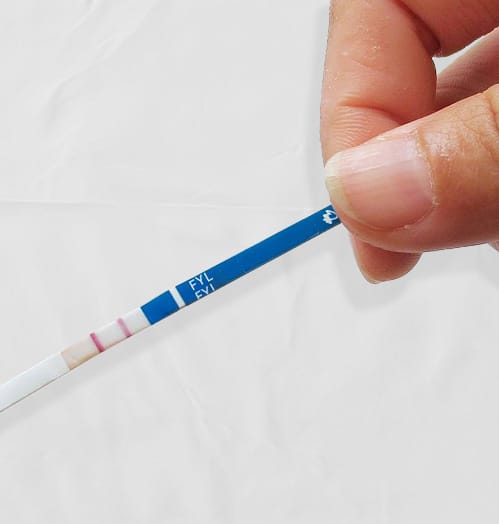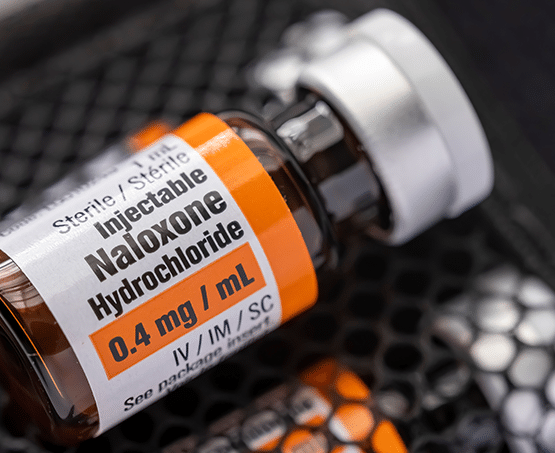An opioid overdose requires immediate medical attention. Call 911 immediately if you or someone you know exhibits any of the symptoms.
×
- Substances
- Dangers
- Naloxone
- Community Care
- How to Help
- Road to Recovery
- Videos
- About Us
- Resources
An opioid overdose requires immediate medical attention. Call 911 immediately if you or someone you know exhibits any of the symptoms.
Testing strips help you check if there are unknown substances in what you are using.
With a paper strip, water, and the substance, you can see if it contains fentanyl, helping you make safer choices.
Even though testing strips are effective they cannot guarantee the substance is free of all unknown substances. Always carry naloxone.

Syringe Services Programs (SSPs) help lower the risks linked to substance use and reduce the spread of diseases like HIV and hepatitis. They provide sterile syringes, safer use supplies, naloxone, and test strips. SSPs also give people a safe place to get rid of used syringes. Some programs teach how to prevent and reverse overdoses. They can also connect people to treatment, vaccines, medical care, and other support. These services protect people, stop diseases, and save lives.

Naloxone, also known as NARCAN®, is a medication that reverses opioid overdoses. It is available as a nasal spray or injection.
Anyone can use naloxone on someone they think is overdosing. It is safe to give even if the person is not overdosing, with no harmful effects. You can get naloxone without a prescription at many drug stores and non-profits.
Carry it with you – you never know when you might save a life.

Safe Recovery Sites can help prevent overdoses and reduce the spread of diseases like HIV and hepatitis. These sites offer services like sterile syringe exchanges, Naloxone kits, health monitoring, wound care, fentanyl testing, and referrals to healthcare and housing. By providing these services, Safe Recovery Sites reduce emergency calls, hospital stays, public injection, and syringe litter, while connecting people to life-saving supports.
In May of 2023, Minnesota approved funding for up to 15 Safe Recovery Sites.
Resources
Know the Substances
Learn More
Resources
Know the Dangers
Resources
Know the Resources
Learn More
Resources
Know the Facts
Learn More
Resources
Know the Signs
Learn More
Resources
Know the Resources
Learn More
Resources
Know the Stories
Learn More
Resources
About Know the Dangers
Learn More
Resources